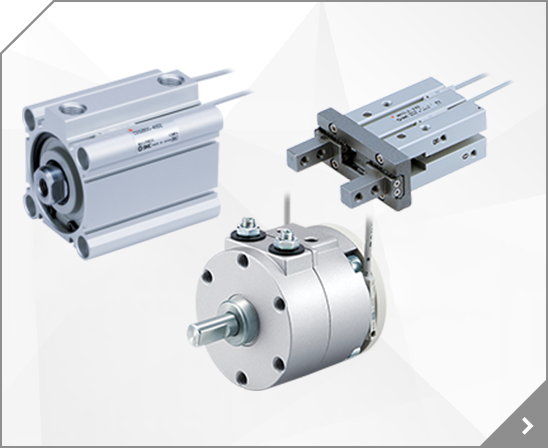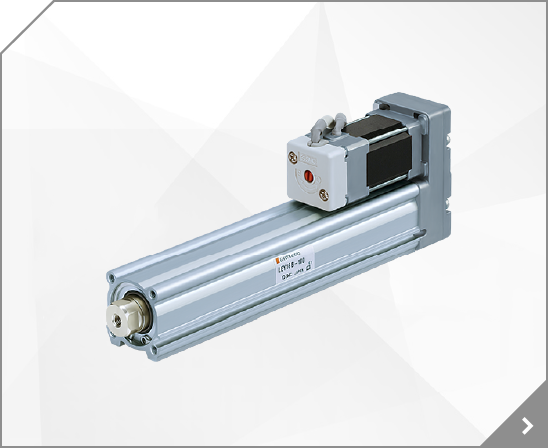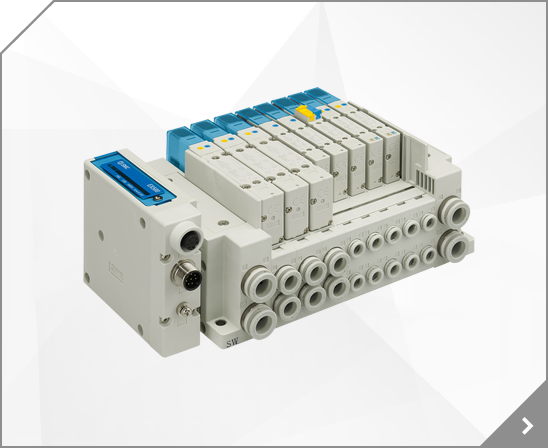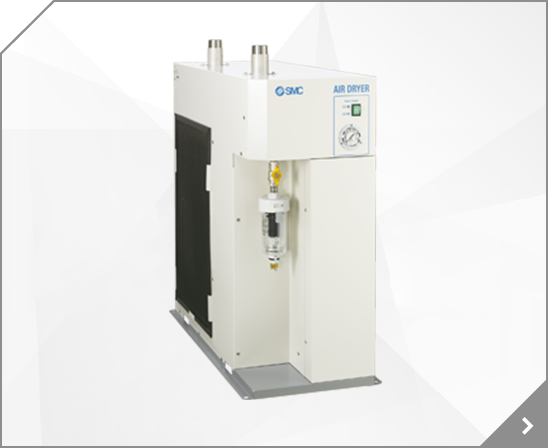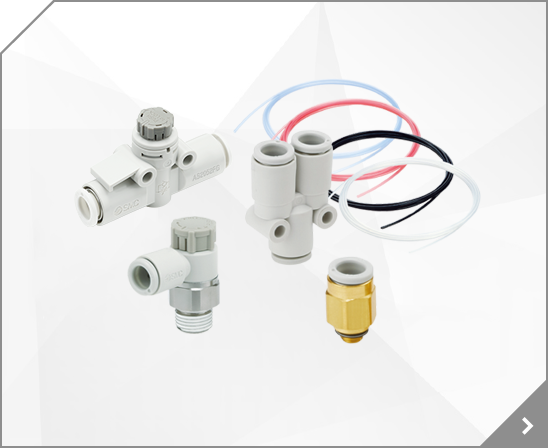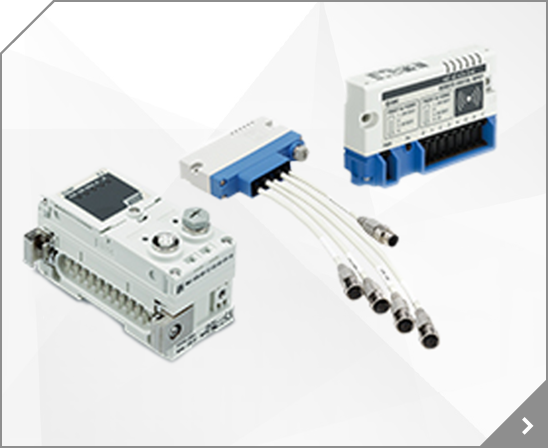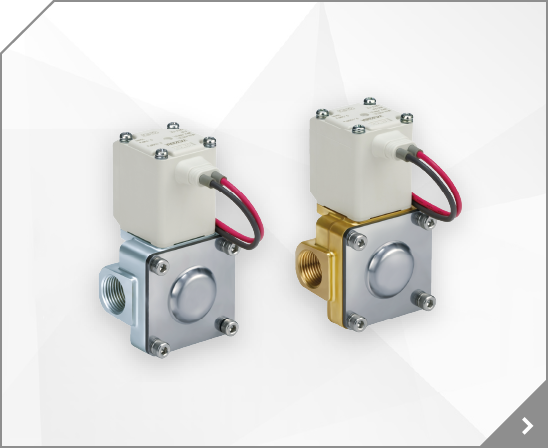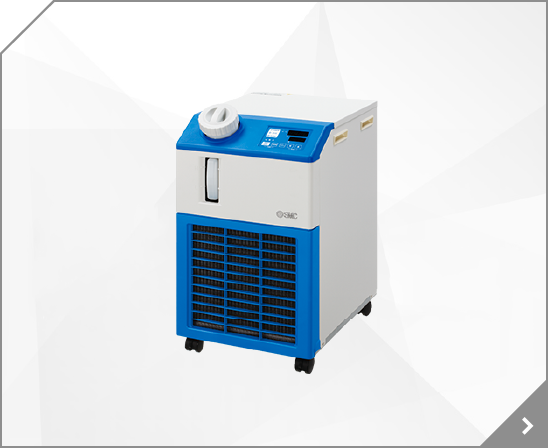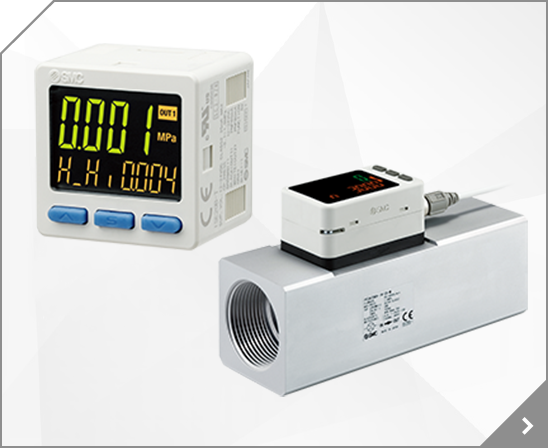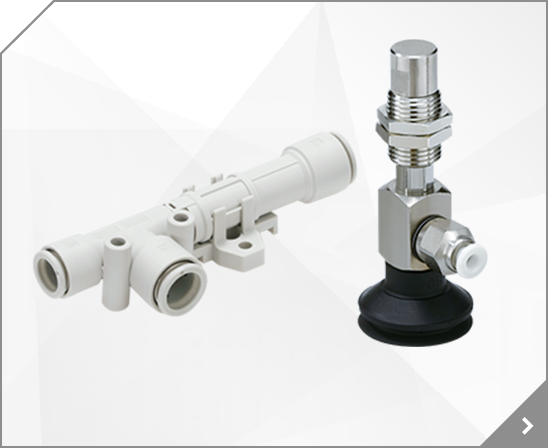
Magnet: None, Mounting: B (Basic), Bore: 50mm, Port Thread: TN (NPT), Stroke: 25mm, Cushion: Rod Boot None; Air Cushion on Both Sides
Magnet: None, Mounting: U (Rod Trunnion), Type: N (Rubber Bumper), Bore: 63mm, Port Thread Type: TF (G), Stroke: 25mm, Thread: Male Rod End, Suffix for Cylinder: w/o Rod Boot
Magnet: None, Mounting: B (Basic), Type: A (Air Cushion), Bore: 20mm, Port Thread Type: Rc (or M5, Depending on Style, Bore Size, and Thread Combination), Stroke: 25mm, Thread: Male Rod End, Suffix for Cylinder: w/o Rod Boot
Magnet: D (Built-in Magnet), Mounting: B (Basic), Bore Size: 40mm, Port Thread: Rc, Stroke: 25mm
Magnet: D (Built-in Magnet), Mounting: U (Trunnion), Cushion Type: N (Rubber Bumper), Bore Size: 50mm, Stroke: 25mm, Thread: Male Rod End, Rod Boot: None
Magnet: D (Built-in Magnet), Mounting: B (Basic), Bore: 32mm, Port Thread: Rc, Stroke: 25mm, Cushion: Rod Boot None; Air Cushion on Both Sides
Magnet: None, Mounting: F (Rod Flange), Type: N (Rubber Bumper), Bore: 80mm, Port Thread Type: TN [NPT ø20 to ø100 Rubber Bumper, ø32 to ø100 Air Cushion), Stroke: 25mm, Thread: Male Rod End, Suffix for Cylinder: w/o Rod Boot
Magnet: None, Mounting: L (Axial Foot), Type: N (Rubber Bumper), Bore: 25mm, Port Thread Type: TN [NPT ø20 to ø100 Rubber Bumper, ø32 to ø100 Air Cushion), Stroke: 25mm, Thread: Male Rod End, Suffix for Cylinder: w/o Rod Boot
Magnet: None, Mounting: L (Axial Foot), Bore: 50mm, Port Thread: TN (NPT), Stroke: 25mm, Cushion: Rod Boot None; Air Cushion on Both Sides
Magnet: None, Mounting: B (Basic), Bore Size: Ø63, Port Thread: TN (NPT), Stroke: 25mm, Option: w/o Rod Boot
Magnet: None, Mounting: B (Basic), Bore: 40mm, Thread: Rc, Stroke: 25mm, Rod Boot/Cushion: None (Rod Boot; Cushion, Both Ends)
Magnet: None, Mounting: D (Clevis), Type: N (Rubber Bumper), Bore: 63mm, Port Thread Type: Rc (or M5, Depending on Style, Bore Size, and Thread Combination), Stroke: 25mm, Thread: Male Rod End, Suffix for Cylinder: w/o Rod Boot
Magnet: None, Mounting: F (Rod Flange), Type: N (Rubber Bumper), Bore: 20mm, Port Thread Type: Rc (or M5, Depending on Style, Bore Size, and Thread Combination), Stroke: 25mm, Thread: Male Rod End, Suffix for Cylinder: w/o Rod Boot
This is a legacy product. Please contact us for the latest version.sales@ocaire.com, CYL, SCALE, W/O CONNECTOR, ACTUATOR, CE1 MISCELLANEOUS SPECIALIZED, HL, 20MM CE1 NON-ROT AUTO-SW, 2.35159 lb
This is a legacy product. Please contact us for the latest version.sales@ocaire.com, CY1S-Z, MAGNETICALLY COUPLED R, ACTUATOR, CY1S GUIDED CYLINDER, MM, 40MM CY1S SLIDE BEARING, 17.19605 lb
The new style MGP has a shorter guide rod and thinner plate resulting in a weight reduction of up to 17% over the original MGP.??The series is designed for high side load applications found in material handling, lifting and stopping. The?cylinder utilizes an ultra-compact design by incorporating the cylinder body as part of the guide body. As the stroke length increases, so does the bearing
The new style MGP has a shorter guide rod and thinner plate resulting in a weight reduction of up to 17% over the original MGP.??The series is designed for high side load applications found in material handling, lifting and stopping. The?cylinder utilizes an ultra-compact design by incorporating the cylinder body as part of the guide body. As the stroke length increases, so does the bearing
The new style MGP has a shorter guide rod and thinner plate resulting in a weight reduction of up to 17% over the original MGP.??The series is designed for high side load applications found in material handling, lifting and stopping. The?cylinder utilizes an ultra-compact design by incorporating the cylinder body as part of the guide body. As the stroke length increases, so does the bearing
The MB series medium duty tie rod cylinder offers an improved design that enhances cylinder operation and ease of use. The standard air cushion utilizes a floating cushion seal to eliminate piston rod bouncing. The cushion volume has been elevated permitting about 30% more allowable kinetic energy absorption. The port and captive cushion adjustment valve are located on the same side of cap
